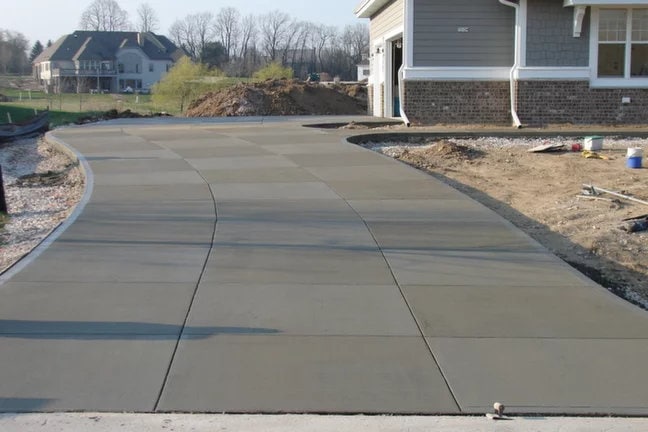When it comes to construction projects, proper concrete installation is a cornerstone of success. Whether you’re working on a driveway, patio, foundation, or any other structure, understanding the nuances of concrete installation is essential. In this comprehensive guide, we’ll take you through the key steps and considerations for achieving flawless concrete installation.
Understanding Concrete Composition and Types
Before diving into the installation process, it’s crucial to grasp the basics of concrete. Concrete is a mixture of cement, water, aggregates (such as sand and gravel), and additives. The ratio of these components can vary, leading to different types of concrete with varying strengths and characteristics. Common types include ready-mix concrete, precast concrete, and stamped concrete, each suited for specific applications.
Assessing Site Preparation
Proper site preparation is the foundation of successful concrete installation. This step involves clearing the area of debris, vegetation, and any potential obstructions. The ground must be compacted to prevent settling and erosion. Additionally, establishing the correct slope and layout is essential to ensure proper drainage and prevent water accumulation.
Calculating Concrete Quantities
Accurate measurement of the concrete quantity required for your project is paramount. Overestimating or underestimating can lead to wastage or delays. To calculate the right amount, determine the dimensions of the area and use online calculators or consult professionals who can assist in obtaining precise estimates.
Formwork Construction and Concrete Installations
Formwork serves as a mold that shapes the concrete as it sets. Creating sturdy and properly aligned formwork is essential for achieving the desired shape and finish. Formwork can be constructed using wood, metal, or even specialized materials, depending on the project’s requirements.
Concrete Mixing and Pouring
The concrete mixing process involves combining cement, aggregates, water, and any additives in the correct proportions. Mixing can be done manually or using mechanical mixers. Once mixed, the concrete needs to be poured immediately to prevent premature setting. A consistent and even pour is crucial for uniform strength and appearance.
Proper Compaction and Finishing
After pouring, the concrete must be properly compacted to eliminate air pockets that could weaken the structure. Vibrating tools are commonly used for this purpose. Following compaction, the surface must be finished to achieve the desired texture. Finishing techniques include troweling, brooming, and stamping, depending on the intended appearance.
Curing for Strength and Durability
Curing is the process of maintaining adequate moisture and temperature levels to ensure proper concrete hydration. This step significantly impacts the concrete’s strength and durability. Curing can involve wetting the surface, covering it with plastic, or applying curing compounds. Adequate curing enhances the concrete’s resistance to cracks and increases its overall lifespan.
Avoiding Common Installation Pitfalls
While mastering concrete installation is a valuable skill, it’s equally important to be aware of common pitfalls that can compromise the quality of your project. These include inadequate site preparation, improper mixing ratios, inadequate curing, and insufficient finishing. By understanding and avoiding these pitfalls, you can ensure a successful concrete installation that stands the test of time.
Maintaining and Repairing Concrete Structures
Concrete structures require regular maintenance to preserve their integrity and appearance. This includes periodic cleaning, sealing, and addressing any cracks or surface damage promptly. In cases of significant damage, concrete repair techniques such as patching and resurfacing can be employed to restore the structure to its original condition.
Consulting Professionals for Complex Projects
While simple concrete installations can be tackled by individuals with some DIY experience, more complex projects demand the expertise of professionals. Projects involving intricate designs, specialized finishes, or large-scale structures require the skills and equipment that only experienced concrete contractors can provide.
Final Thoughts
Flawless concrete installation is a blend of art and science, requiring a solid understanding of materials, techniques, and best practices. By comprehensively preparing the site, calculating quantities accurately, executing proper mixing and pouring, and ensuring adequate curing, you can achieve impressive results that not only enhance the aesthetics of your project but also ensure its longevity. Remember, whether you’re a DIY enthusiast or embarking on a professional project, mastering concrete installation is a skill that pays dividends in the world of construction.
